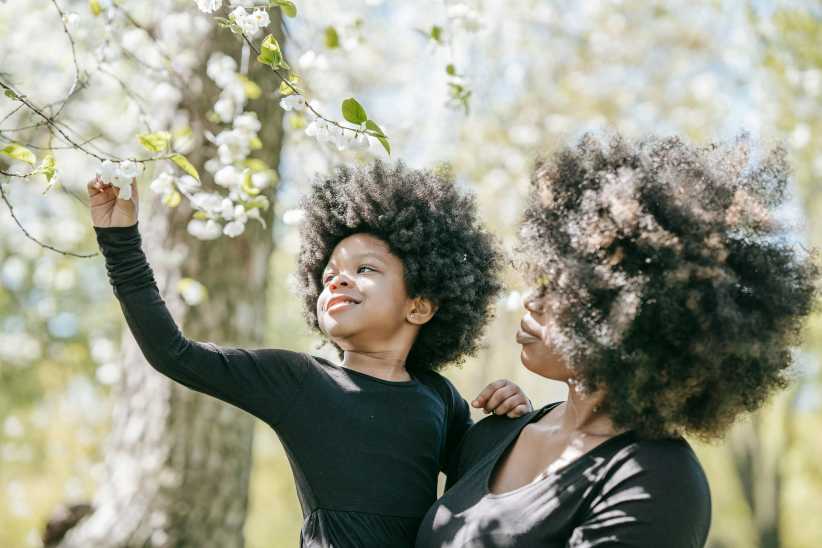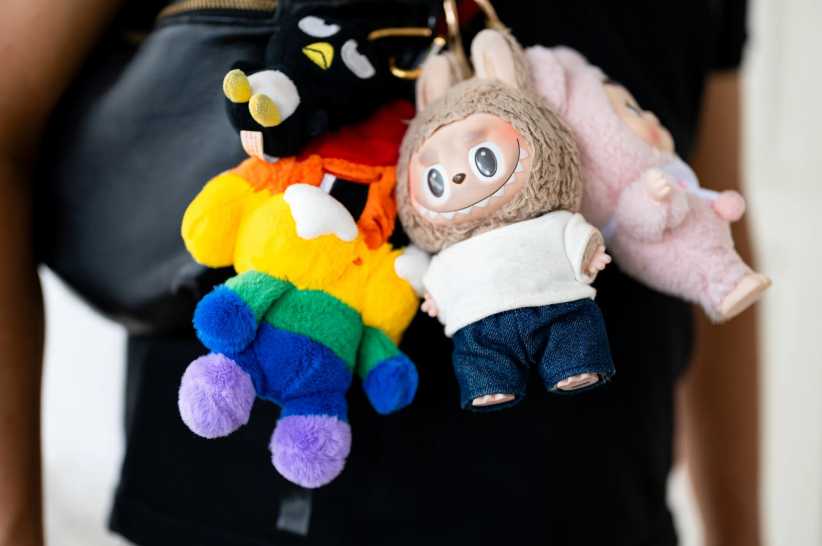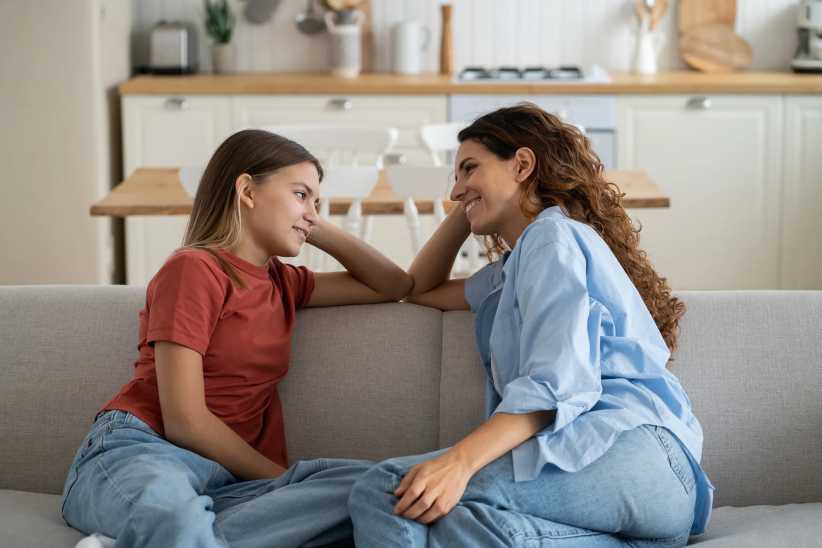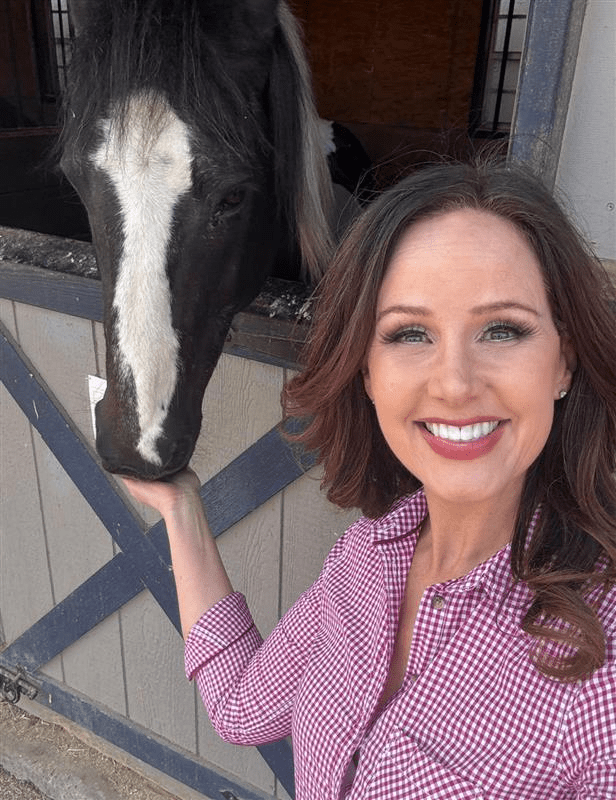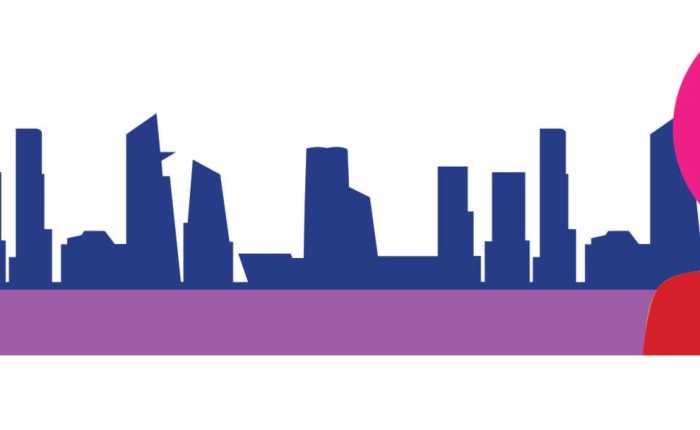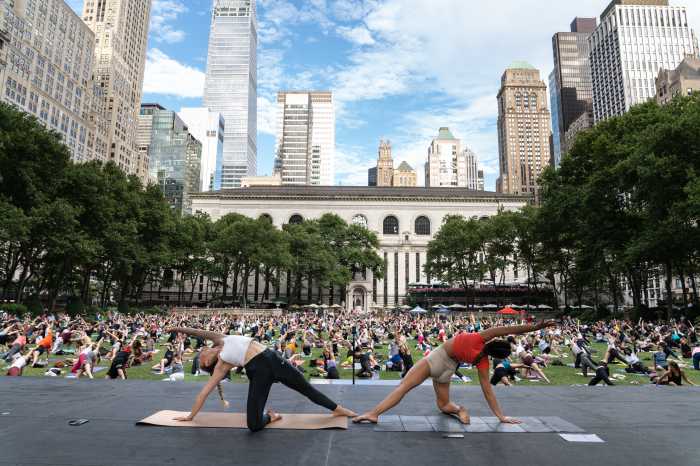We all want the inside scoop when it comes to opportunities that could lead to greater academic success for our children. But as well-meaning parents, sometimes we’re vulnerable to the latest fad in the marketplace or alternative fast tracks.
That’s why it’s smarter to pay more attention to what experts on emerging literacy have to say rather than the latest hype. Their advice won’t always have a novel ring to it or come with a free gift, but it will suggest steps to help your child get ready to read through daily experiences at home.
Opportunities to seize
In 2000’s “Children’s Learning Opportunities Report,” Carl Dunst explains the opportunities for language development and early literacy in terms of incidental and intentional opportunities.
Incidental opportunities are watching leaves rustle while on a walk, blowing on food when it’s too hot, or talking about body parts during bath time. Intentional activities might include story hour at the library or a trip to the zoo. Dunst says children need activity settings matched to their interests and competencies to practice existing skills and learn new abilities. Suggestions from Dunst include:
Identify a preschooler’s INTERESTS
• What makes your child smile or laugh?
• What makes your child happy and feel good?
• What are your child’s favorite things?
• What is enjoyable to your child?
• What does your child work hard at doing?
Identify a preschooler’s COMPETENCIES
• What gets and keeps your child’s attention?
• What is your child good at doing?
• What “brings out the best” in your child?
• What does your child like to do a lot?
• What gets your child to try new things?
Everyday learning gives them an edge
Repetition during meal time, bath time, diaper changes, and bedtime story routines primes young children for later school success. Sound lazy or too simple? It’s huge.
“Bridges to Literacy,” by Sharon E. Rosenkoetter and Lauren Barton, encourages parents to think of building bridges to literacy by providing experiences that include print, responsiveness, repetition, modeling and motivation, and oral language.
Think PRINT
Reading time may be brief, but must happen every day to help kids explore new worlds, laugh across generations, and learn about amazing and ordinary things. Bonus: sharing stories can be a balm for irritable or fussy children.
Reading together should be relaxing and fun. It is much more than simply exposure to language, it’s about creating happy reading memories that set the stage for a love of reading.
Stay RESPONSIVE
For early literacy, you want your child to learn that language is fun, that she can do it well, and that she can get results from using it.
Provide REPETITION
Provide routine schedules that use familiar phrases (such as “let’s have some lunch” or “scrub-a-dub-dub”) and cues at key times during the day. Nap and bedtime routines should be kept the same, and reading the same book over and over helps strengthen the foundation for later academic success.
Be a consistent MODEL and MOTIVATOR
It’s important that your child sees you reading. Routines demonstrate that reading is important. At home, point out that you are reading the newspaper or a recipe. On car rides, be intentional as you point out signs on the road or the names on store fronts. It’s also important to write and draw with your child.
“When children draw pictures, their verbal comments should regularly be written on the page and read aloud,” writes Rosenkoetter and Barton.
Use ORAL LANGUAGE
Quantity matters, so talk a lot. Expose your child to as many words an hour as possible. Talk to her during work and play. Chitchat has a big payoff and translates into broader vocabularies and higher levels of reading later.
“From this foundation of basic learning and subsequent daily explorations with everyday people and objects, the young child builds many other understandings of self and others…Young children begin to ‘read their world’ and to have wider and greater impact upon it,” writes Rosenkoetter and Joanne Knapp-Philo in “Learning to Read the World.”
As parents, we can help them read their world long before they learn to read.
Michele Ranard has a husband, two children, and a master’s in counseling.
Resources:
Dunst, Carl. “Everyday Children’s Learning Opportunities: Characteristics and Consequences.” Children’s Learning Opportunities Report, Volume Two, Number One (2000).
Rosenkoetter, Sharon E. and Barton, Lauren. “Bridges To Literacy: Early Routines That Promote Later School Success.” Zero To Three (2002).
Rosenkoetter, Sharon E., and Knapp-Philo, Joanne. “Learning to Read the World: Language and Literacy in the First Three Years.” Zero to Three (2004).












